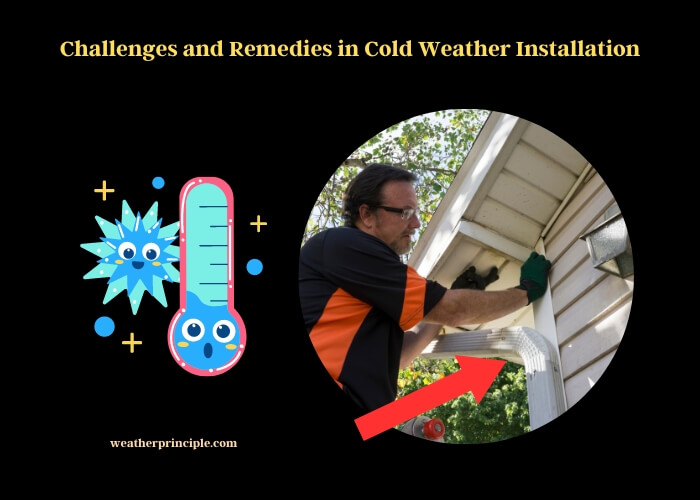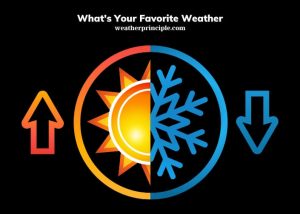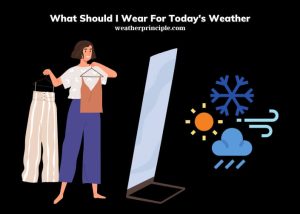Published on: August 7, 2023
Written by Shaown Khan / Fact-checked by Kader Khan
Yes, vinyl siding can be installed in cold weather but certain factors need consideration. It is suggested to start and finish vinyl siding projects from late March to early November to bypass potential installation issues.
The characteristics of vinyl siding are influenced by temperature. Specifically, temperature sensitivity and expansion and contraction can present challenges in colder climates. Vinyl siding can expand in hot weather and shrink in cold weather. This dynamic behavior necessitates careful installation to ensure the siding does not buckle or warp.

Cold weather can cause material brittleness in vinyl siding, making it prone to cracking during installation. Proper installation techniques are paramount to prevent damage, especially during colder months. One such technique involves not nailing the siding too tightly to allow room for the siding to move as it contracts and expands.
Weather-proofing is a key aspect to consider while installing vinyl siding in cold weather. It helps maintain the thermal performance of the siding by reducing heat loss, contributing to a warmer interior in the winter months. The use of cold weather adhesive can also aid in ensuring the siding remains affixed in lower temperatures.
Seasonal considerations are a must while dealing with vinyl siding projects. The flexibility of the vinyl siding can vary with the temperature, being more pliable in warmer weather and more rigid in colder temperatures. Bearing this in mind can be the key to successful installation during the chillier months.
By being aware of these considerations and ensuring proper installation techniques, vinyl siding can indeed be installed during colder weather, albeit with a bit more caution and planning.
Vinyl Siding
Components of Vinyl Siding
Vinyl siding is a durable and cost-effective option for homeowners. The primary component is PVC (polyvinic chloride), a type of plastic, known for its resistance to elements. It is light, easy to cut, and has a pleasing aesthetic appeal.
The Role of Thermal Expansion and Contraction in Vinyl Siding
Thermal expansion and contraction refer to the physical changes in vinyl siding due to fluctuations in temperature. Cold weather can cause the vinyl to contract, making it brittle and susceptible to cracking. This aspect poses challenges during installation in cold weather.
| Material | Coefficient of Linear Expansion (10^-6 K^-1) |
| Vinyl | 50 – 80 |
| Wood | 3 – 5 |
| Aluminum | 23 |
Impact of Cold Weather on Vinyl Siding
Effects of Cold Temperatures on Vinyl Material
Cold temperatures can make vinyl siding rigid and brittle. This lack of flexibility increases the likelihood of cracking during installation. Such damage not only affects the appearance but also the overall integrity and longevity of the siding.
Risks Posed by Cold Weather Installation
Installation in cold weather requires caution due to the increased risk of damaging the material. For instance, hammering nails too tightly could lead to cracks in the brittle vinyl. Other risks involve the improper fitting of panels due to their contracted size during cold conditions.
Installing Vinyl Siding in Cold Conditions
Essentials for a Cold-Weather Installation
Installation of vinyl siding in cold weather requires certain specialized tools and materials. These include a power saw with a fine-toothed blade for cutting brittle vinyl, and aluminum nails that allow for the siding’s expansion and contraction.
| Essential Tools and Materials | Purpose |
| Power saw | Cutting |
| Aluminum nails | Nailing |
| Vinyl siding J-channel | Edging |
Techniques to Follow in Cold Weather Installation
To avoid issues such as cracking or improper fitting, installers should take a few precautionary measures. Nails should be driven in loosely to allow for the siding’s movement. Cut pieces should be slightly longer than required to account for possible contraction.
Challenges and Remedies in Cold Weather Installation

Identifying Common Issues During Cold Weather Installation
Common issues during cold weather installation include cracking, buckling due to improper nailing, and gaps caused by contraction. Identifying these issues early can save time and resources by preventing potential damage.
Overcoming Challenges in Cold Weather Installation
To counter the challenges of installing vinyl siding in cold weather, employ various measures. Loosely drive nails, allow gaps between panels, and store materials in a warm place before installation. If a piece cracks during installation, replace it immediately to maintain the siding’s integrity.
Alternatives and Comparisons
Insulated Vinyl Siding: A Superior Option?
Insulated vinyl siding comes with a layer of insulation that increases the siding’s rigidity, making it less prone to contraction and expansion. It provides superior thermal performance and can withstand the rigors of cold weather installation more effectively than standard vinyl siding.
| Siding Type | Resistance to Cold | Cost | Installation Difficulty |
| Standard Vinyl | Moderate | Low | Moderate |
| Insulated Vinyl | High | High | High |
Other Siding Materials Suited for Cold Weather
Alternatives to vinyl siding, such as fiber-cement and metal siding, may perform better in cold weather. Fiber-cement is more rigid and less prone to contraction and expansion, while metal siding is durable and can withstand a wide range of temperatures.
Hiring Professionals
Pros and Cons of DIY vs. Professional Installation
While DIY installation can save costs, it poses risks, particularly in cold weather. Professionals possess the expertise to install vinyl siding effectively in varying conditions, reducing the risk of damage and ensuring the longevity of the siding.
Choosing the Right Professional Installer
Look for experienced installers with a good reputation and positive client feedback. Ensure they have experience with cold weather installation and the use of specialized tools and materials.
FAQs
What Factors Should I Consider for Vinyl Siding Installation in Cold Weather?
You should consider the potential for vinyl contraction in the cold, which can lead to cracking. Using the right tools, like a power saw with a fine-toothed blade, and aluminum nails can make the installation process smoother.
Does Cold Weather Affect the Durability of Vinyl Siding?
Yes, cold weather can impact the durability of vinyl siding. It can make the siding brittle and more prone to cracking. However, proper installation techniques can mitigate these effects and ensure the longevity of the siding.
Can Insulated Vinyl Siding Be a Better Choice in Cold Weather?
Insulated vinyl siding can be a superior choice in cold weather. It’s more rigid than standard vinyl siding and less prone to contraction and expansion, offering better thermal performance and enhanced durability.
What Are the Common Challenges in Installing Vinyl Siding in Cold Weather?
Common challenges include the risk of the vinyl siding becoming brittle and cracking, improper fitting due to contraction, and buckling due to nails being driven in too tightly.
Are There Any Alternatives to Vinyl Siding for Cold Weather?
Yes, alternatives like fiber-cement and metal siding may be better suited for cold weather. Fiber-cement is more rigid and less susceptible to contraction and expansion, while metal siding is durable and can withstand a wide range of temperatures.
Should I Hire a Professional for Installing Vinyl Siding in Cold Weather?
Hiring a professional can be beneficial as they have the necessary experience and skills to handle the challenges posed by cold weather. They can ensure proper installation, reducing the risk of damage and ensuring the longevity of the siding.
The subject of whether vinyl siding can be installed in cold weather is more nuanced than a simple yes or no. The guide above offers practical advice, science-backed reasoning, and expert tips to help you make an informed decision.
Read more:



